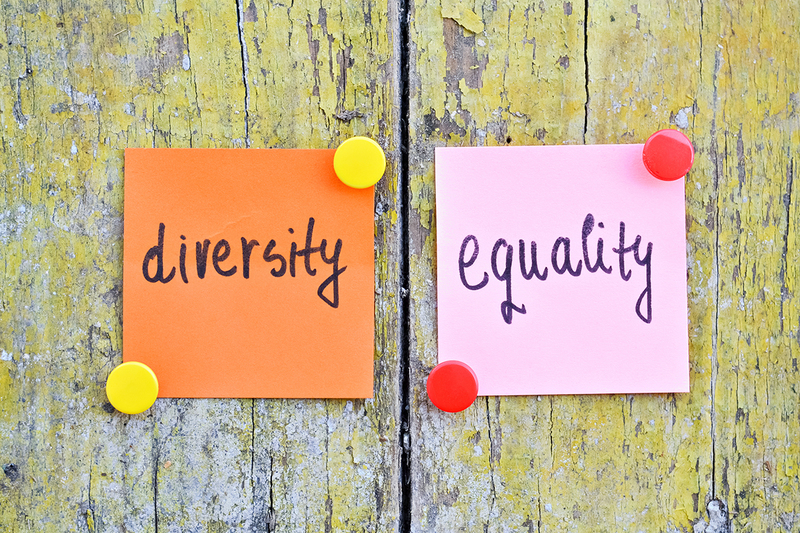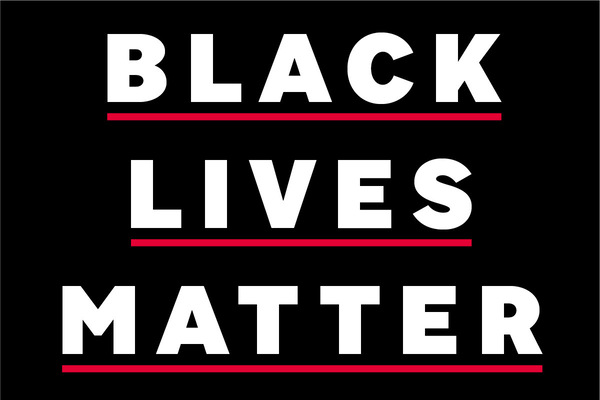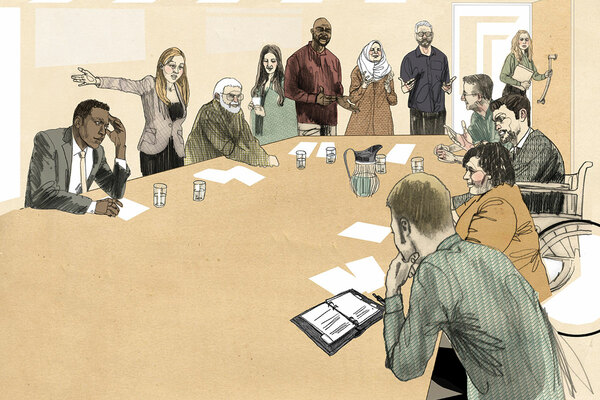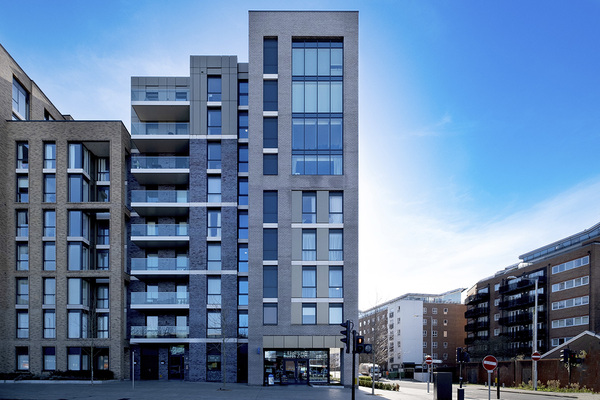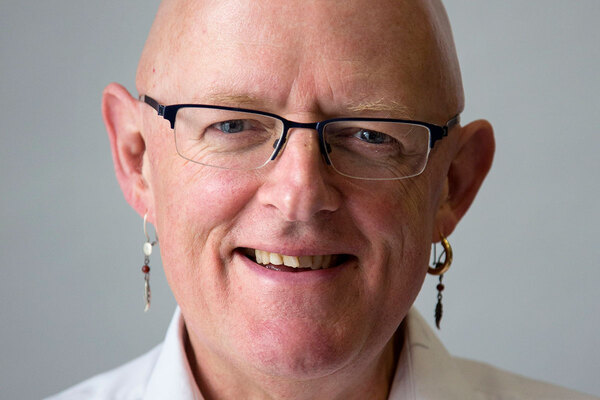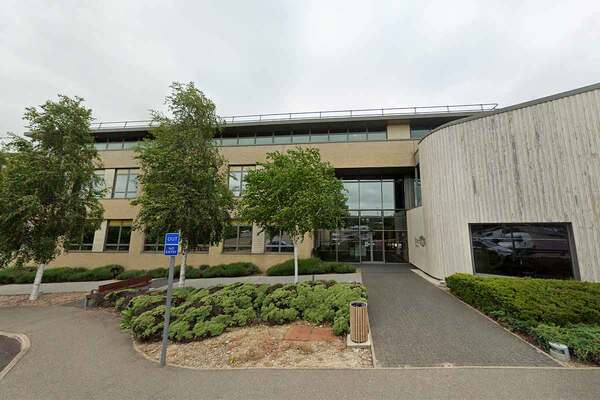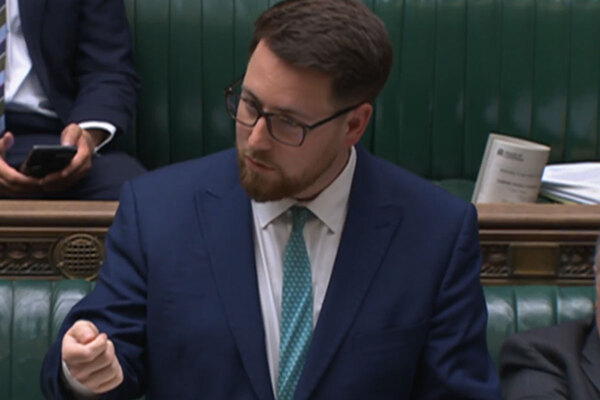You are viewing 1 of your 1 free articles
 Sasha Deepwell
Sasha DeepwellSasha is a senior housing executive with a track record of transformational leadership that has made a real difference for customers. S ...more
Tackling inequalities: does what gets measured actually get done?
Twenty-three social landlords across Greater Manchester took a hard look at their performance in tackling inequalities. What they found contains learning for the whole sector, writes Sasha Deepwell
Are we on the cusp of a movement for social change which will accelerate the road that many of us have been treading, for quite a few decades, to eradicating inequalities? In the light of campaigns such as #MeToo and #BlackLivesMatter, as well as the work the sector has done in the past three years to return equality concerns to the top of the agenda (again), we decided to take a hard look at ourselves in Greater Manchester.
This was very much a home-grown attempt to measure where we are now, with a view of being able to track progress by repeating the survey and data collection in another 18 months or so. As chair of our diversity, inclusion, community cohesion and equalities (DICE) group, I worked with Greater Manchester Housing Providers (GMHP) members to design and deliver a survey and report on the state of play in relation to our organisations and our services to customers, as well as our response to the inequalities so starkly revealed by the pandemic.
Our survey provides a snapshot of the strategies, initiatives and data available from 23 housing providers operating in Greater Manchester, ranging in size and scale from a small specialist BAME provider to some large national associations, with the majority of respondents being regional medium-sized providers (some stock transfers and some traditional in origin).
We hoped the survey would inform our priorities for collective action to move us forwards in our aim of addressing inequalities. Taking action on inequalities has an influential impact, affecting the services and opportunities of a significant population (between us we house one in five of the population of Greater Manchester).
As well as our direct influence, we work together with the Greater Manchester Combined Authority on a ‘tackling inequalities’ board, which reaches across all key agencies, including the voluntary and community sector.
We found a lot of good will from social housing providers, with most participants having strategies in place to tackle inequalities, some having action plans, some following accreditation routes and some taking positive action where they had identified particular issues.
Perhaps the most encouraging aspect was the willingness to share data, action and approaches openly. All participants agreed to be named in the report and some who had missed the deadlines asked to be included when they saw the first drafts of the results, clearly finding value in participating.
The picture painted by the report is one of diversity being a continuing challenge, particularly at board and senior team levels – we anticipated this may be an issue so had asked for data specifically on this. Black, Asian and minority ethnic people and disabled people are particularly under-represented on boards and senior teams, when compared with the characteristics of the wider workforce, customers and localities where associations operate. This was not a surprising find, but for each participant to share their data openly represents a first step to addressing this inequality.
Around half of organisations which responded to the survey felt that their board and leadership teams did not reflect the diversity of their customer base. The diversity profile of the wider workforce was generally viewed as being more reflective of the customer base in terms of diversity.
EDI (electronic data interchange) monitoring data gathered alongside the survey has been used to compare ethnic diversity of the three cohorts alongside the customer base to test out these assumptions. This confirms that the workforce, as opposed to the board or leadership team, is most closely matched to the customer base in terms of ethnic diversity.
However, the percentage of Black, Asian and minority ethnic people within the workforce remains below the percentage within the customer base for the majority of organisations.
There were a lot of data gaps thrown up by the report which mirror those identified by the Inside Housing’s survey in 2019, such as an absence of data on sexual orientation. The lack of data collection on LGBTQ+ colleagues, board members and customers in monitoring means there is no way to show progress or issues to tackle. It raises the question also that ‘rather not say’ as an option here may be a marker of a lack of trust in how data will be used.
Equally worryingly, where data was available and monitoring more extensive, most organisations were honest about their lack of utilisation of the data they did collect. While some respondents felt customer insight and profiling information was well used within their organisations, the general perception was that the data could be used better.
“The learning for me is that being honest about what our data tells us and how we are responding to the issues raised is a great starting point for action”
However, there were examples of organisations taking action to address the issues the data exposed, such as increasing board diversity, listening to and acting on the voices of colleagues speaking from their lived experience of how inequality has affected their lives and careers, and some exciting work to address the barriers to progression for Black, Asian and minority ethnic colleagues via a change champion and challenge approach.
The work of HouseProud in raising the visibility and concerns of LGBTQ+ customers has been a welcome step forward too, with ongoing engagement with landlords.
The DICE report has had a ripple effect across England as other regions have picked up the freely shared methodology (easily replicated) and are repeating the survey, giving us an even clearer picture of the state of the sector in relation to our commitment to tackling inequalities and the gaps shown by our data. Yorkshire and the Humber is currently surveying and other regions are set to follow. The Housing Diversity Network set up a roundtable to feature the report and its findings, and interest continues to grow across the sector.
The learning for me is that being honest about what our data tells us and how we are responding to the issues raised is a great starting point for action. And now that we have a baseline, we can measure the success (or otherwise) of the actions and initiatives being taken, including improving our data collection and being clear about how we will use it to improve colleague and customer experience.
We have created a testbed for checking that what gets measured gets done, holding ourselves and each other to account for collectively moving forward to tackle decades of embedded inequalities.
Sasha Deepwell, chief executive, Irwell Valley Homes
